Learning by watching: Explorations at the cellular scale and beyond
 Oct 13, 2015 • 11:58 PM UTC
Oct 13, 2015 • 11:58 PM UTC Unknown Location
Unknown Location 140x Magnification
140x Magnification Unknown
Unknown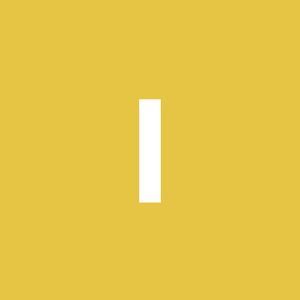
Ivan Rey
Learn about the author...
2posts
5comments
1locations
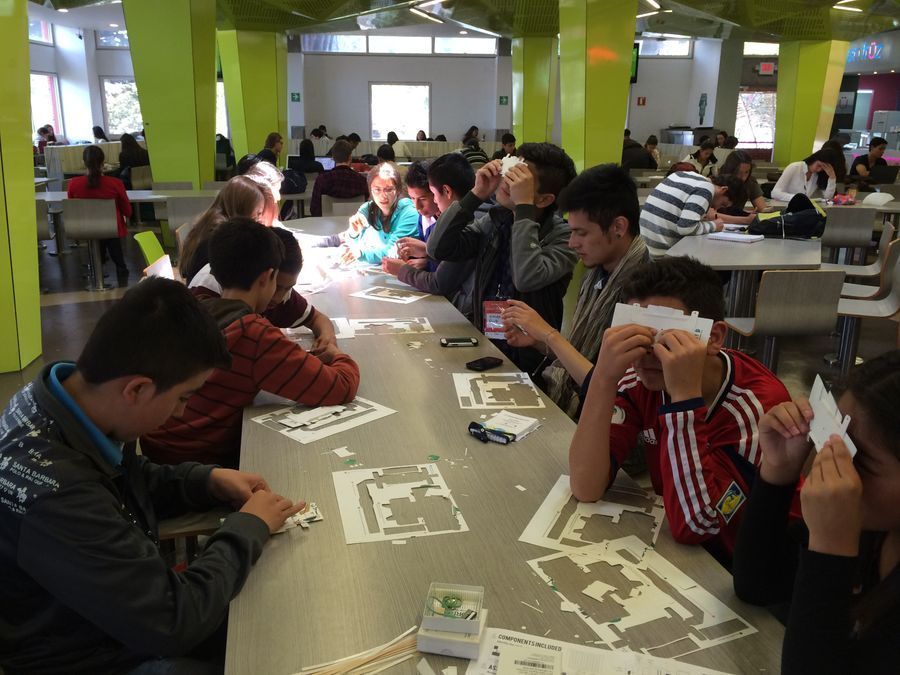
Learning by watching: Explorations at the cellular scale and beyond
(Aprendiendo al observar: Exploraciones en la escala celular y mas alla)
Last week the inaugural version of Clubes de Ciencia Colombia event took place in Bogota and Medellin. The idea behind this program is to bring graduate students in the US back to Colombia to teach an intensive 1-week course (on a topic of their expertise) to kids finishing high school or starting college (see link: http://www.clubesdeciencia.co )
I designed a microscopy course on which students could get a grasp on the theoretical and practical concepts behind microscopy. Professor Manu Forero at Universidad de los Andes and me were the instructors of the 15 kids (ages 14-17) that participated in the microword explorations course!
Professor Manu Prakash very generously donated several Foldscope kits for this purpose.
The main idea of the course was to teach the kids to assemble the foldscope, learn to use it, and then to learn to extract information of the images obtained. A secondary purpose was to teach them the multiscalar role of shape and structure in the biological function.
Another objective of the course was to show the interdisciplinary nature of microscopy, from the physics required to understand the nature of light and optics laws, passing by the engineering involved in the actual assembly and operation of a microscope to the observations made thanks to microscopy that allow a better understanding of living beings and enrich biology.
This course was sponsored by the Ondas program of Colciencias and Sena (governmental institutions) and it was held at Universidad de Los Andes in Bogota, Colombia.
Below the schedule of the course per day as was actually given:
Day 1:
Instructors introduced themselves and explained how they got there (academic career)
Lecture on the properties of light, light-matter interaction, Snell’s law (with practical demonstration) and lenses.
The students visited the Biophysics lab at Uniandes and watched the optical setup of a light sheet microscope (SPIM), learned about fluorescence with samples and lasers, and observed by themselves Jurkat cells immunofluorescently labeled on an epi-fluorescence wide field microscope.
Day 2:
Students listened to Manu’s letter introducing them to the global network of microcosmos explorers (in Spanish of course)
(Aprendiendo al observar: Exploraciones en la escala celular y mas alla)
Last week the inaugural version of Clubes de Ciencia Colombia event took place in Bogota and Medellin. The idea behind this program is to bring graduate students in the US back to Colombia to teach an intensive 1-week course (on a topic of their expertise) to kids finishing high school or starting college (see link: http://www.clubesdeciencia.co )
I designed a microscopy course on which students could get a grasp on the theoretical and practical concepts behind microscopy. Professor Manu Forero at Universidad de los Andes and me were the instructors of the 15 kids (ages 14-17) that participated in the microword explorations course!
Professor Manu Prakash very generously donated several Foldscope kits for this purpose.
The main idea of the course was to teach the kids to assemble the foldscope, learn to use it, and then to learn to extract information of the images obtained. A secondary purpose was to teach them the multiscalar role of shape and structure in the biological function.
Another objective of the course was to show the interdisciplinary nature of microscopy, from the physics required to understand the nature of light and optics laws, passing by the engineering involved in the actual assembly and operation of a microscope to the observations made thanks to microscopy that allow a better understanding of living beings and enrich biology.
This course was sponsored by the Ondas program of Colciencias and Sena (governmental institutions) and it was held at Universidad de Los Andes in Bogota, Colombia.
Below the schedule of the course per day as was actually given:
Day 1:
Instructors introduced themselves and explained how they got there (academic career)
Lecture on the properties of light, light-matter interaction, Snell’s law (with practical demonstration) and lenses.
The students visited the Biophysics lab at Uniandes and watched the optical setup of a light sheet microscope (SPIM), learned about fluorescence with samples and lasers, and observed by themselves Jurkat cells immunofluorescently labeled on an epi-fluorescence wide field microscope.
Day 2:
Students listened to Manu’s letter introducing them to the global network of microcosmos explorers (in Spanish of course)
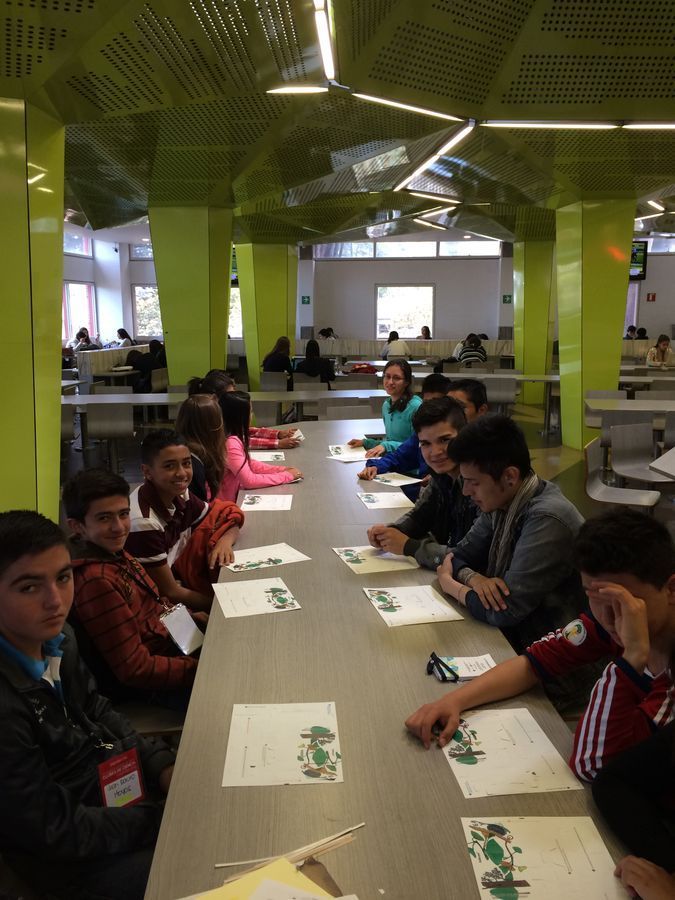
The students assembled the Foldscope, learn to prepare and observe samples with the paper slides and used CR2032 batteries and LEDs to attach a light source to the microscope. The implementation of a dark field mode (using an acetate) was left as homework
Lecture on the history of microscopy, focused on Van Leeuwenhoek microscope and observations.
Lecture on the history of microscopy, focused on Van Leeuwenhoek microscope and observations.

Day 3:
Lecture on cell biology focused on the importance of the structure of the proteins and molecules in the formation of higher structures (Amphipathic lipids form membranes, polarized cytoskeletal proteins form the cytoskeleton) The concepts of thermal energy and the central dogma of biology were also introduced.
The students were trained on the use of Fiji (ImageJ) to perform simple tasks like measuring the size of a cell or counting the number of protein clusters within a cell. The sample images used to teach were from immune cells that I use in my research and were taken with a variety of techniques that were briefly described to the students (TIRF, SMI, PALM, iSIM).
Lecture on cell biology focused on the importance of the structure of the proteins and molecules in the formation of higher structures (Amphipathic lipids form membranes, polarized cytoskeletal proteins form the cytoskeleton) The concepts of thermal energy and the central dogma of biology were also introduced.
The students were trained on the use of Fiji (ImageJ) to perform simple tasks like measuring the size of a cell or counting the number of protein clusters within a cell. The sample images used to teach were from immune cells that I use in my research and were taken with a variety of techniques that were briefly described to the students (TIRF, SMI, PALM, iSIM).
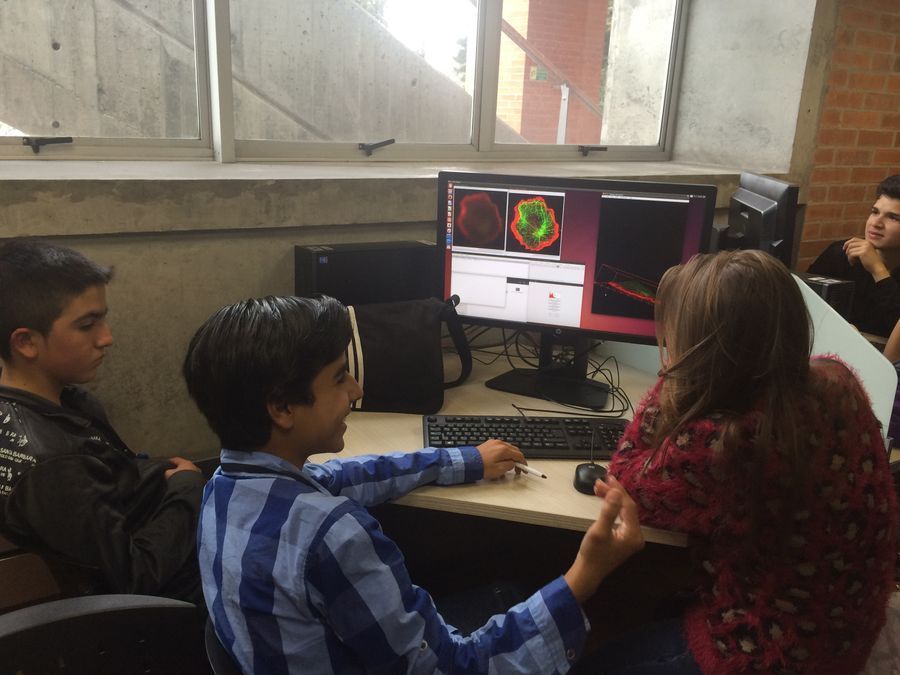
Day 4:
The students worked in small groups in the preparation of samples, capturing images with cell phones attached to the Foldscope, camera calibration and basic image analysis. The image below shows students measuring a bug using Fiji.
The students worked in small groups in the preparation of samples, capturing images with cell phones attached to the Foldscope, camera calibration and basic image analysis. The image below shows students measuring a bug using Fiji.
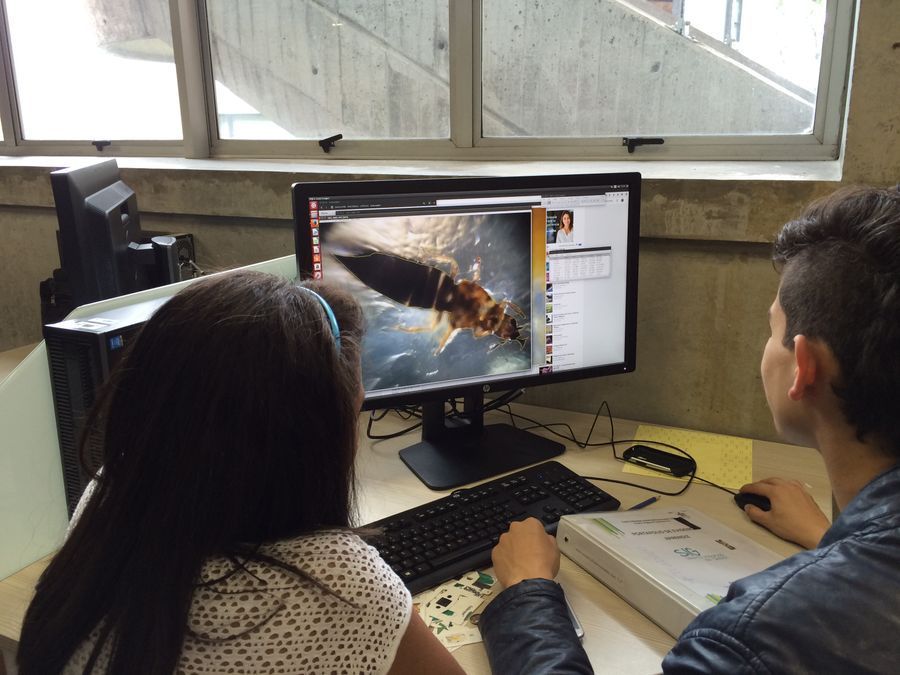
The students were guided in the creation of an account at www.microcosmos.foldscope.com using their sticker number. Then all of them were requested to upload their observations including a description.
Please see below the links corresponding to their posts:
watching close a beauty flower – Viendo de cerca una bella flor
importancia de la sangre humana
muestra de sangre de un zancudo
Comparación De Alas De Insectos Voladores
Mandibula De Araña
Ojo De Araña
bicho de agua sucia
“Garra” Del Saltamontes
la pulga de kira
POLEN
Ala De Saltamontes
Fibras de tela sintetica roja – Red fibers of synthetic fabric
Estudio De La Forma Comprimida De La Sal
Estudio De La Forma Comprimida De La Sal
Day 5:
The students finished their projects and worked in groups in the preparation of a poster (see final version) describing their work during the week.
Please see below the links corresponding to their posts:
watching close a beauty flower – Viendo de cerca una bella flor
importancia de la sangre humana
muestra de sangre de un zancudo
Comparación De Alas De Insectos Voladores
Mandibula De Araña
Ojo De Araña
bicho de agua sucia
“Garra” Del Saltamontes
la pulga de kira
POLEN
Ala De Saltamontes
Fibras de tela sintetica roja – Red fibers of synthetic fabric
Estudio De La Forma Comprimida De La Sal
Estudio De La Forma Comprimida De La Sal
Day 5:
The students finished their projects and worked in groups in the preparation of a poster (see final version) describing their work during the week.
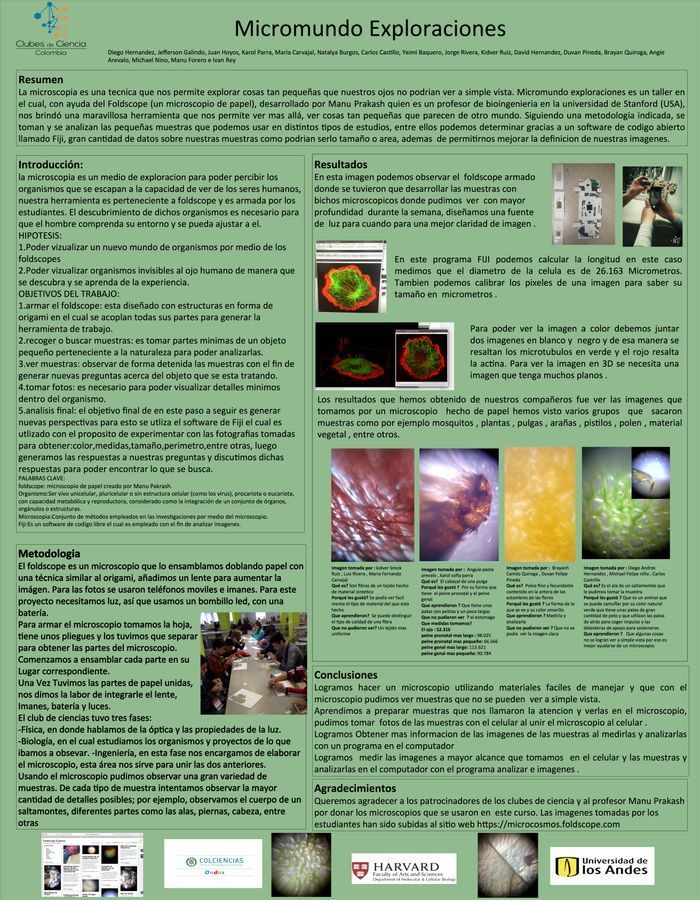
Day 6:
The students presented the poster to other kids (assisting to different courses), their parents and to grad students and university professors that assisted to the closing event.
At the beginning they looked nervous (and very serious)
The students presented the poster to other kids (assisting to different courses), their parents and to grad students and university professors that assisted to the closing event.
At the beginning they looked nervous (and very serious)
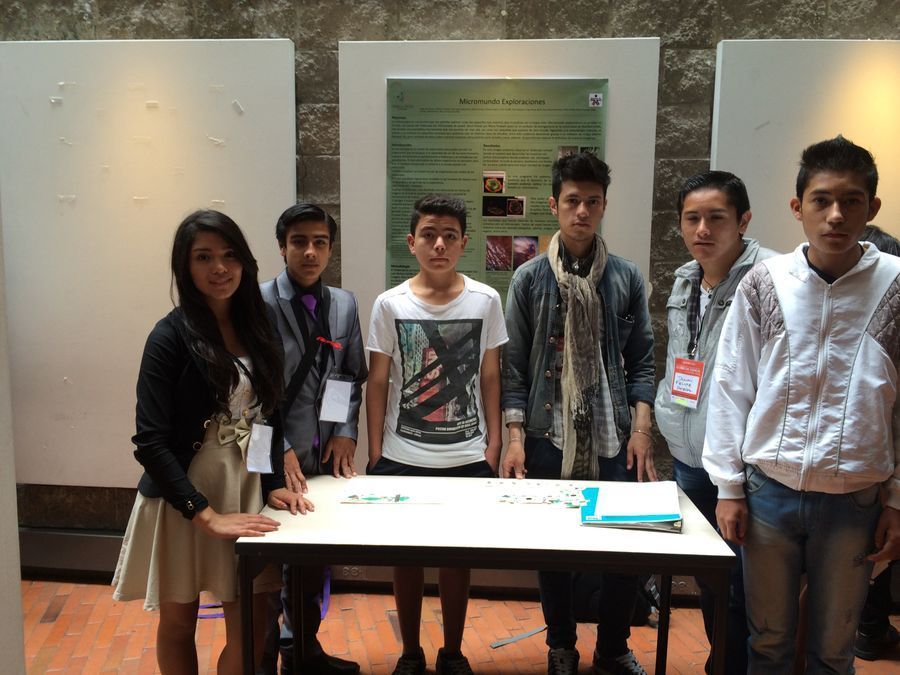
They did a great job and many people was amazed by the Foldscope and on what this kids knew about microscopes and cell biology!
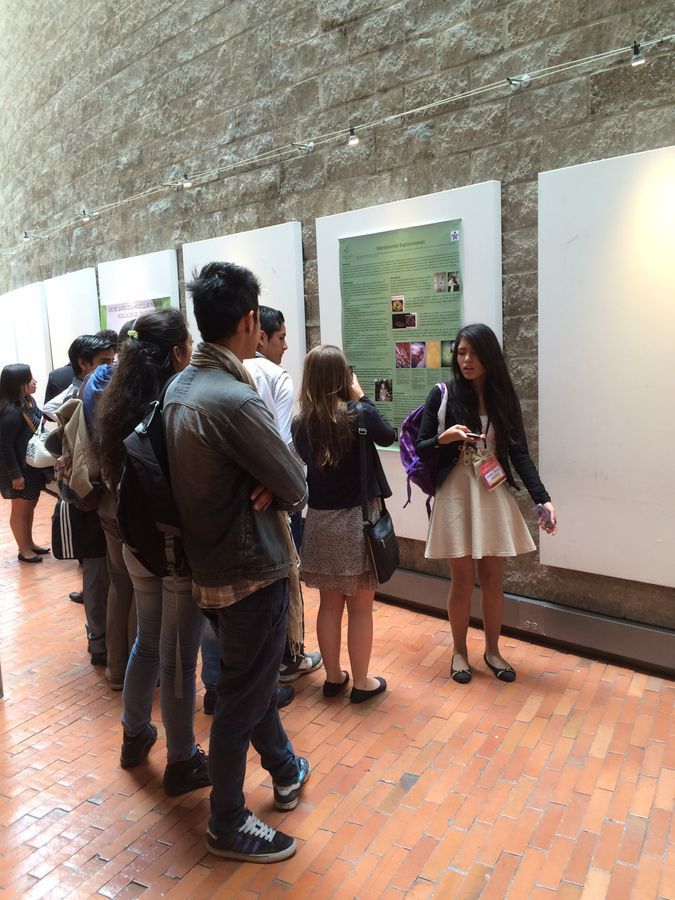
Dear Manu,
This really was a life changing experience for this kids and for me! You provided a unique opportunity for this kids to learn about what surrounds them! The Foldscope was the perfect tool to introduce them into the wonders of the natural sciences and motivate them. Now several of them are interested in starting a career in science 🙂
As for me, it was great to have the chance to bring back to Colombia the knowledge and experiences acquired studying abroad and realize the great potential of the colombian youth!
Thanks a lot for your trust and for providing us with this amazing opportunity to grow!
I’ll keep in touch!
Ivan Rey
This really was a life changing experience for this kids and for me! You provided a unique opportunity for this kids to learn about what surrounds them! The Foldscope was the perfect tool to introduce them into the wonders of the natural sciences and motivate them. Now several of them are interested in starting a career in science 🙂
As for me, it was great to have the chance to bring back to Colombia the knowledge and experiences acquired studying abroad and realize the great potential of the colombian youth!
Thanks a lot for your trust and for providing us with this amazing opportunity to grow!
I’ll keep in touch!
Ivan Rey
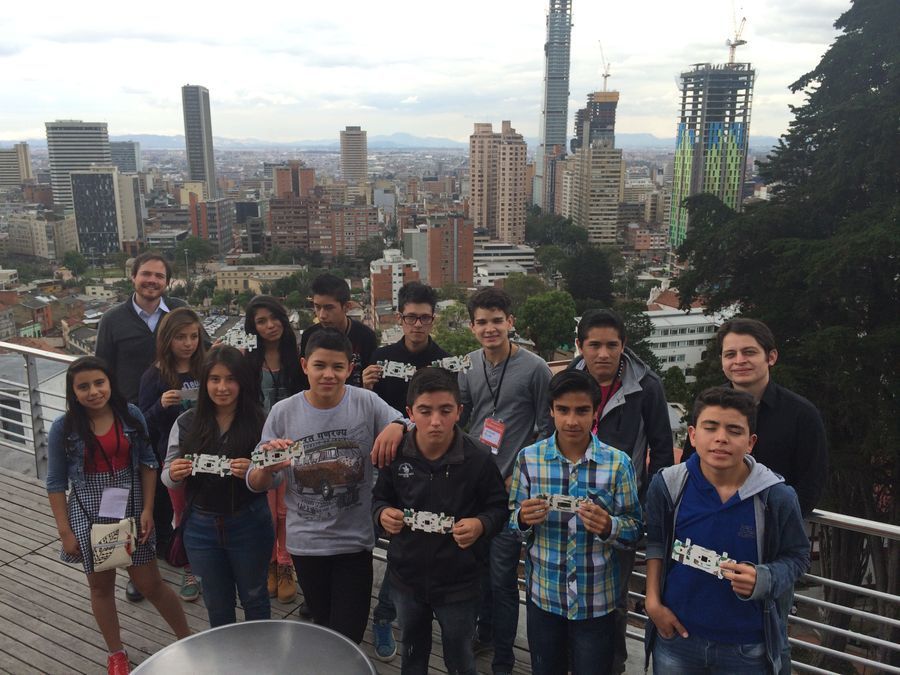
Sign in to commentNobody has commented yet... Share your thoughts with the author and start the discussion!
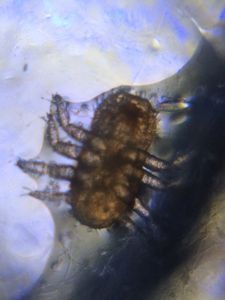
 0 Applause
0 Applause 0 Comments
0 Comments